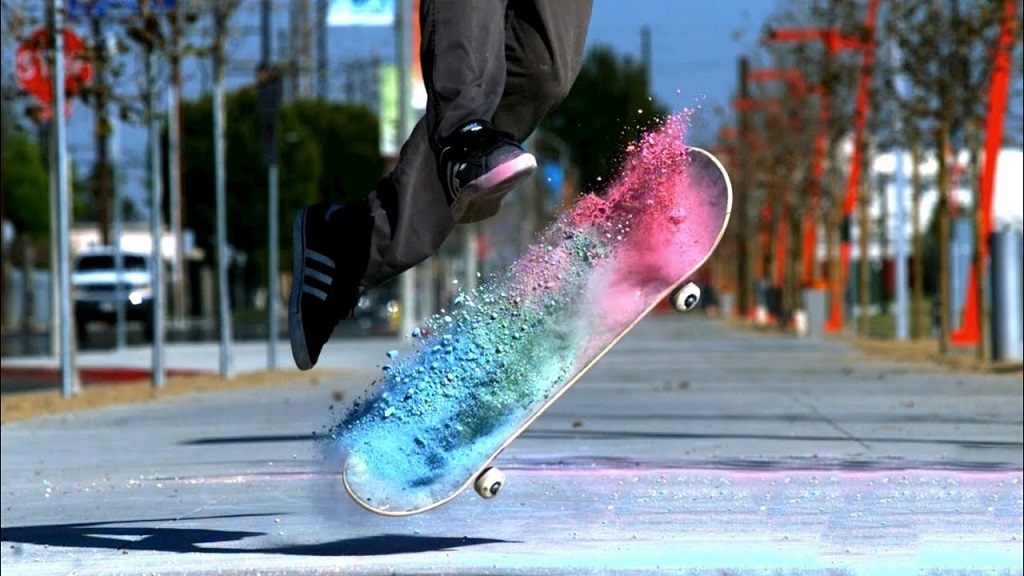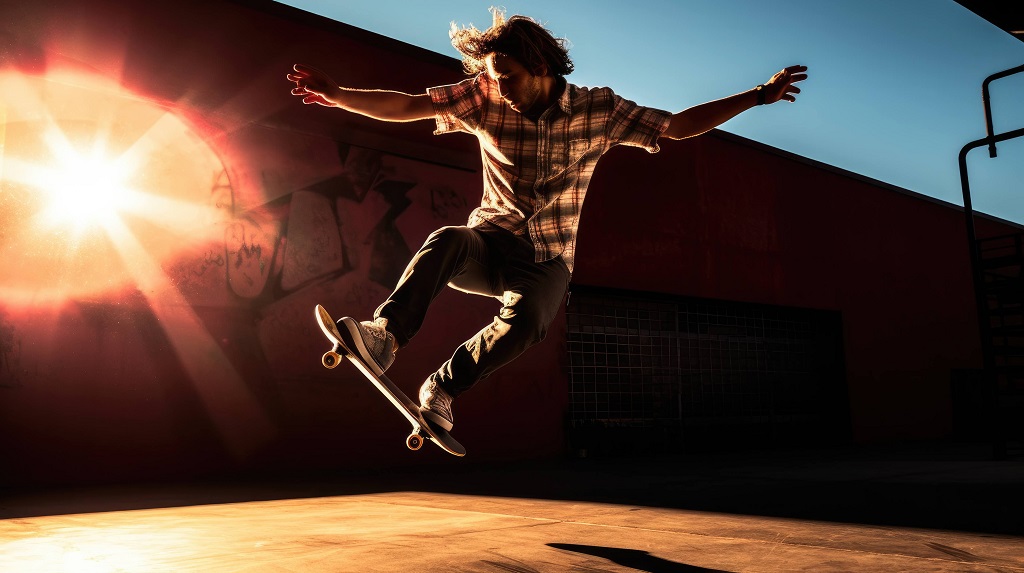Have you ever wondered why skateboarders sometimes slow down, struggle to turn smoothly, or even take a tumble? The answer lies in the fascinating world of friction. In this article, we will explore how this force affects skateboarders’ motion and how they can navigate it successfully. So, grab your board, and let’s ride into the realm of friction!
Slowing Down: The Brakes of Skateboarding
Imagine yourself cruising down the street on your skateboard, wind in your hair, and a feeling of freedom in your bones. You may not realize it as you push forward, but friction is working against you. It’s like the invisible brakes of skateboarding.
Friction occurs when two surfaces rub against each other, resisting motion. In the case of skateboarding, it’s the contact between your skateboard wheels and the ground that generates this force. The roughness of the surface plays a crucial role in determining how much friction you’ll encounter. Rougher surfaces, like asphalt with pebbles, provide more friction than smoother ones, such as a freshly paved road.
Another factor at play is the type of skateboard wheels you’re using. Some wheels are designed to have more grip, which translates to more friction. So, skateboarders looking for a smoother ride may opt for wheels with less grip to reduce this slowing effect.
Moreover, your weight as a skateboarder also influences the amount of friction acting on you. Heavier skateboarders experience more friction because their weight pushes the wheels into the ground, increasing the contact between the wheels and the surface. So, it’s a delicate balance between having enough grip for control and not having too much that becomes a drag.
Turning: Navigating the Friction Curve
Now, let’s talk about turning. Turning on a skateboard is all about finesse, and friction plays a pivotal role here, too. When you lean into a turn, the wheels on the inside of the turn move slower than those on the outside. This creates a difference in friction between the two sets of wheels, allowing you to turn smoothly.
However, the challenge arises when there’s too much friction. Imagine you’re trying to turn on a rough, gritty surface. Excessive friction can be your worst enemy. In such conditions, the wheels inside the turn may struggle to rotate correctly, leading to wobbles and potential falls.
Balancing the right amount of friction during turns is an art that seasoned skateboarders master. It involves finding the right speed and angle to maintain control while gliding through those curves. Too much friction, and you risk toppling over; too little, and you might lose grip and balance.
Falling: The Peril of Imbalanced Friction
Nobody wants to take an unplanned dive while skateboarding, but friction can make it happen if you’re not careful. Maintaining balance on a skateboard is crucial; friction can throw that balance off-kilter.
Imagine you’re cruising smoothly when suddenly you hit a patch of rough terrain. The abrupt increase in friction can disrupt your balance and send you sprawling. It’s like a surprise twist in a movie – unexpected and challenging to recover from.
To avoid such mishaps, skateboarders must be vigilant and anticipate changes in the riding surface. When encountering rough ground, you must shift your weight and balance accordingly, almost like a seasoned surfer riding the waves.
Conclusion
In skateboarding, friction is both a friend and a foe. It’s the force that helps you slow down when needed and navigate those thrilling turns. However, it can also be the culprit behind those unexpected falls. By following these tips and understanding friction dynamics, skateboarders can minimize its negative effects and enjoy a safer and more exhilarating ride.
FAQs
What is friction?
Friction is a force that opposes motion when two surfaces come into contact and rub against each other.
How does the roughness of the riding surface affect friction?
Rough surfaces provide more friction, slowing down skateboarders, while smoother surfaces offer less friction and a smoother ride.
Why do some skateboard wheels have more grip than others?
Skateboard wheels are designed with varying levels of grip to suit different riding conditions. More grip generates more friction and is suitable for rough terrain, while less grip reduces friction for smoother surfaces.
How can skateboarders navigate turns effectively?
Skateboarders can navigate turns effectively by adjusting their weight and balance while maintaining control of the board’s speed.
What should skateboarders do when encountering rough terrain to avoid falling?
When encountering rough terrain, skateboarders should shift their weight and balance to adapt to the increased friction, helping to maintain stability and prevent falls.



